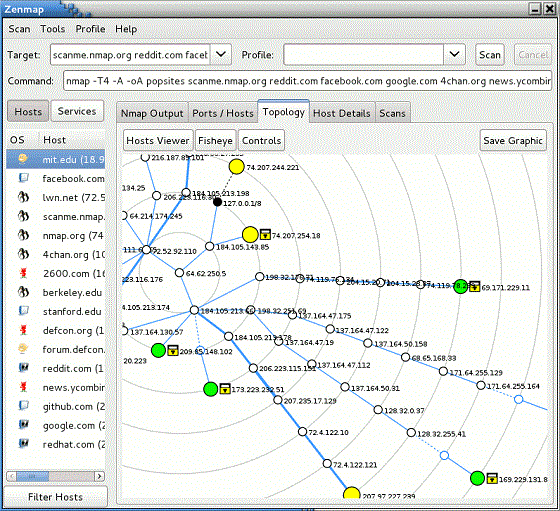Clickjacking, also known as a "UI redress attack", is when an attacker uses multiple transparent or opaque layers to trick a user into clicking on a button or link on another page when they were intending to click on the the top level page. Thus, the attacker is "hijacking" clicks meant for their page and routing them to another page, most likely owned by another application, domain, or both.
Using a similar technique, keystrokes can also be hijacked. With a carefully crafted combination of stylesheets, iframes, and text boxes, a user can be led to believe they are typing in the password to their email or bank account, but are instead typing into an invisible frame controlled by the attacker.
Examples
For example, imagine an attacker who builds a web site that has a button on it that says "click here for a free iPod". However, on top of that web page, the attacker has loaded an iframe with your mail account, and lined up exactly the "delete all messages" button directly on top of the "free iPod" button. The victim tries to click on the "free iPod" button but instead actually clicked on the invisible "delete all messages" button. In essence, the attacker has "hijacked" the user's click, hence the name "Clickjacking".
One of the most notorious examples of Clickjacking was an attack against the Adobe Flash plugin settings page. By loading this page into an invisible iframe, an attacker could trick a user into altering the security settings of Flash, giving permission for any Flash animation to utilize the computer's microphone and camera.
Clickjacking also made the news in the form of a Twitter worm. This clickjacking attack convinced users to click on a button which caused them to re-tweet the location of the malicious page, and propagated massively.
There have also been clickjacking attacks abusing Facebook's "Like" functionality. Attackers can trick logged-in Facebook users to arbitrarily like fan pages, links, groups, etc

Defending against Clickjacking
There are two main ways to prevent clickjacking:
Sending the proper X-Frame-Options HTTP response headers that instruct the browser to not allow framing from other domains
Employing defensive code in the UI to ensure that the current frame is the most top level window
For more information on Clickjacking defense, please see the the Clickjacking Defense Cheat Sheet.
https://www.owasp.org/index.php/Clickjacking_Defense_Cheat_Sheet





